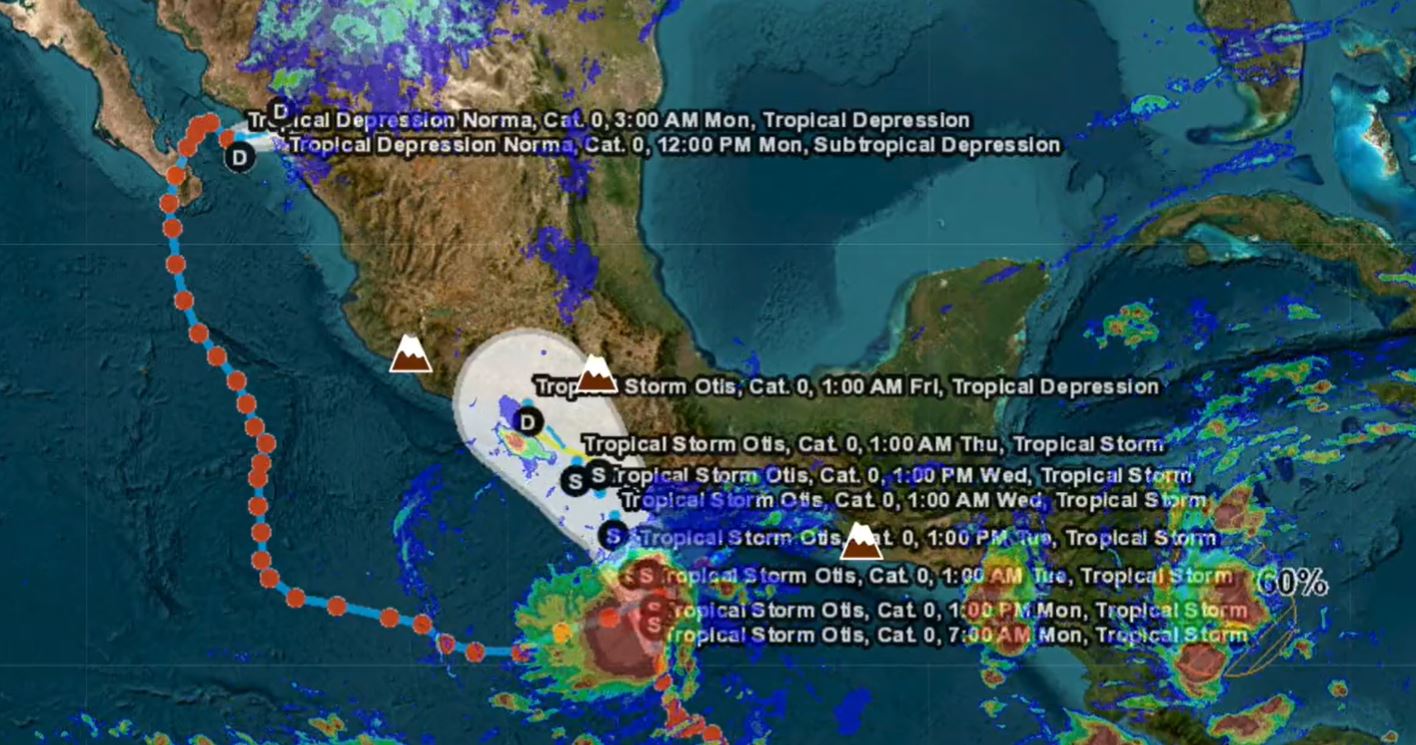45 years ago, the now Nobel Peace Prize laureate Mohamed Younis gave a small loan to a poor woman who would be the seed for the creation of his own bank, Grameen Bank, through which he would formalize the micro-credit system.
Mohammed Babul grew up listening to the stories of his grandmother Sufiya Kathun, about how his small debt led to the birth of an organization that would change the lives of millions of poor people in Bangladesh and around the world.
“I wasn’t born yet when everything happened, but I heard many stories about the hardships her grandmother experienced during my childhood and how the (future) Grameen Bank helped her earn a loan,” said Babul, 37, who drives an EFE, electric rickshaw or three-wheeler taxi.
Abandoned by her husband and two dependent daughters, Sophia ran a small bamboo stool business near a university campus in the village of Jobra in southern Bangladesh, where she met Yunus, a professor of economics.
The woman had a hard time coping with her life, so Yunus gave her some credit, which allowed her to increase her return on investment. Later, Sufia decided to go to the bank to get a new loan, but there they made fun of her because she did not approve, so the economist intervened.
This new loan led to the expansion of Sufia’s profits, but the banks still did not want to deal with someone like her, with some resources, so Yunus decided to create his own system to provide money to the most disadvantaged.
So, more informally, on September 19, 1976, “Bank of the Poor” was born in Jopra, the first loan to Sufia was granted, which will be extended to ten beneficiaries that year.
In 1983, Grameen Bank merged with Bangladesh’s banking system and began its formal operations, reaching approximately 81,600 local and over 9 million beneficiaries, 97% women, by 2019, after which over மில்லியன் 25,000 million was disbursed. , According to bank data.
Sophia died in 1997, nine years before Yunus and his Grameen Bank were awarded the Nobel Peace Prize.
Microbes
One of the beneficiaries of Grameen Bank, Mohammad Solomon, a resident of the southern village of Magellan, decided to borrow 50,000 taka (about $ 600) for his grocery store in 2018.
“That money really helped me expand my business. I gave them money and now I have mortgaged my family’s land (1) 1 million taka (about $ 11,700) in cash from Janata Bank”.
The new chairman of Grameen Bank, A.K.M. Saiful Majid, “Even if some people waste their money, ….”
In addition, “Our recovery rate was 99% until February last year. It was a bit low due to Covit-19, but even in that scenario, 95% of the beneficiaries repaid their loans by the end of last year,” he said.
The “lot” from the initial 5,000 taka ($ 60) in the 1980s can now increase to 25,000 taka (about $ 300) and now to $ 300. According to “business perspective” 4 million taka (about $ 50,000), Majid noted.
In addition, the bank now has new programs such as educating children or beggars leaving the streets and interacting with companies to start a new life, which has already reached 21,000 beneficiaries, he said.
Energy reduction
According to the Micro Credit Regulatory Authority of Bangladesh, Grameen Bank’s success has created a microcredit boom in Asia, with more than 800 NGOs and microfinance providers helping 31 million users.
Yunus has said in the past that a company that does not distribute dividends within its concept of “social business,” but focuses on solving problems of a social nature and can gradually recoup investment, and that women are important in this process.
“We focus on women and one of the seven principles of ‘social trade’ is gender equality. We ensure that men do not fall into the trap of the traditional economy and degrade women,” the bank of the poor said in an interview with Efe in 2018.
Many economists claim that the micro-credit system is one of the machines that empowered women to eradicate poverty in Bangladesh, where more than 80% of the population went below the poverty line in the 1970s and 24.3% in 2016. Information.
“One of Grameen Bank’s biggest successes has given Micro Credit an institutional form. By giving it an institutional form, it has weakened the moghazans (intermediaries) of the past,” Anu Mohammad, an economics professor at Jahangirnagar University, told EFE. .




:quality(85)//cloudfront-us-east-1.images.arcpublishing.com/infobae/73DTG4LLMBA23E5YXX4IYJS62A.jpg)
